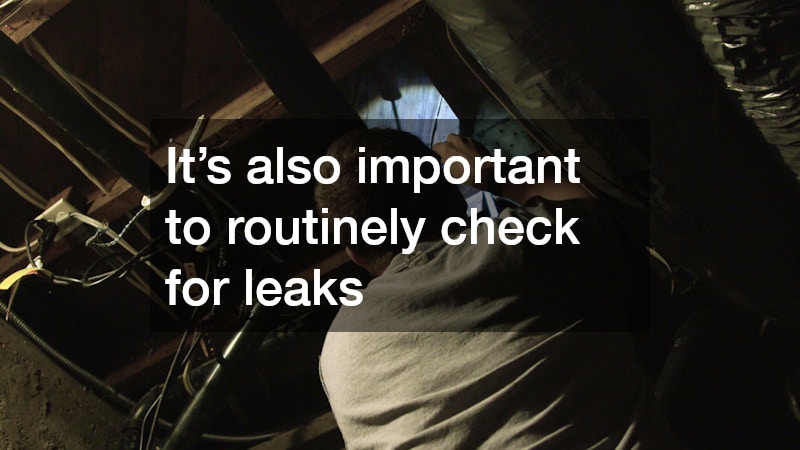A steady and reliable water supply is essential for every household, especially for those relying on well water or booster pumps. The pump system acts as the heart of this supply, but when water pressure drops or flow stops completely, it can disrupt daily life and create major frustration. Knowing how to spot the early warning signs of a failing pump system is crucial to avoiding inconvenience and costly repairs. This article delves into common problems homeowners face with their pump systems, helping you understand when it’s time to call in professional pump service.
Why is my water pressure low despite having a pump system?
One of the most frequent issues people notice is low water pressure despite having a pump in place. This situation can be puzzling since the pump is supposed to boost water flow, yet the pressure feels weak or inconsistent.
Often, this happens because the filters or intake screens have become clogged with sediment, debris, or mineral deposits over time, which restricts the water supply before it even reaches the pump.
Additionally, leaks in the pipes, valves, or fittings can cause a drop in pressure downstream, leaving faucets and showers with a weak flow. Another culprit might be trapped air within the system—air locks inside pipes or the pump itself can interfere with efficient water movement.
Sometimes, the pump’s internal parts, such as impellers, seals, or bearings, wear down, reducing its ability to push water effectively. If your system uses a pressure tank, problems like a ruptured bladder or improper pressure settings can also lead to fluctuating or low water pressure. While some of these issues may be resolved by cleaning filters or tightening connections, others call for professional pump service to perform a thorough inspection and identify underlying faults.
What causes a pump to stop working entirely?
When a pump completely stops working and no water flows, the problem becomes more urgent. At this stage, the cause might be electrical, mechanical, or environmental. It’s important first to check if the pump is receiving power, as tripped breakers, blown fuses, or faulty wiring can prevent it from running.
If power isn’t the problem, the pump’s motor might have burnt out due to overheating or electrical faults, rendering the pump nonfunctional. Worn seals allow water to leak into the motor housing, causing internal damage that leads to failure. In colder regions, frozen intake lines can block water flow completely, while air bubbles forming inside the pump—a phenomenon known as cavitation—can cause severe harm and stop the pump from operating.
Another serious issue is running the pump without water, which can cause internal damage quickly and result in a complete breakdown. If your pump suddenly stops pumping, it’s best to avoid repeatedly trying to restart it, as this could cause further damage. Instead, contacting a professional pump service that can safely diagnose and repair the issue is the wisest choice.
How can I extend the life of my home pump system?
The key to preventing low-pressure or no-flow problems lies in proactive care and maintenance. Regular inspections by a qualified technician can identify potential issues before they become serious. Keeping filters and intake screens clean is essential to allow water to flow freely. Maintaining the correct pressure in the system’s pressure tank helps avoid fluctuations that affect water delivery.
It’s also important to routinely check for leaks throughout the piping and valves, as unnoticed leaks can reduce pressure and waste water. In colder climates, insulating pipes and pump components protects against freezing, which can disrupt water flow.
Being mindful of water levels, especially if your pump draws from a well or storage tank, helps prevent the pump from running dry and causing damage. Finally, paying attention to any unusual noises or changes in pump performance can alert you early to wear or a malfunction, prompting timely pump service before problems escalate.
Dealing with low water pressure or a pump that stops flowing altogether can be disruptive and frustrating. Recognizing the warning signs and understanding the causes behind these problems can help you take timely action. Regular maintenance, proper use, and engaging professional pump service for check-ups or repairs will keep your pump system running smoothly and efficiently for years. After all, a well-maintained pump is the foundation of a steady and dependable water supply in your home, ensuring comfort and peace of mind every day.




